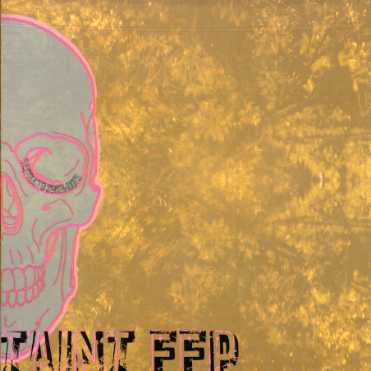
Simms, Julia A.
Only when teachers have in-depth knowledge of reading skill and literacy development can they deliver best-practice reading assessment and instruction to students. The New Art and Science of Teaching Reading presents a compelling model for the stages of reading development, structured around five key topics: (1) foundational skills, (2) word recognition, (3) reading fluency, (4) vocabulary, and (5) reading comprehension. More than 100 reading-focused instructional strategies are laid out in detail to help teachers ensure every student becomes a proficient reader. Guide students at all stages of literacy development, from learning the basic concepts of print to demonstrating advanced reading comprehension.
Discover a research-based reading model to guide your instruction:
- Understand how to best utilize The New Art and Science of Teaching framework for teaching reading comprehension and other reading skills.
- Explore a reading model that addresses how to articulate content, implement specific instructional strategies, and navigate reading-related issues that might arise in the classroom.
- Understand which elements of instruction are best suited for teaching reading.
- Explore how general strategies for teaching can be employed alongside specific strategies to enhance teaching, enrich learning and literacy development, and improve the classroom environment.
- Access free reproducibles, including exercises, games, and readings for the classroom.
A joint publication of ASCD and Solution Tree
Contents:
Introduction
Chapter 1: Reading Research and a Reading-Specific Model of Instruction
Chapter 2: Providing and Communicating Clear Learning Goals
Chapter 3: Using Assessments
Chapter 4: Conducting Direct Instruction Lessons
Chapter 5: Conducting Practicing and Deepening Lessons
Chapter 6: Conducting Knowledge Application Lessons
Chapter 7: Using Strategies That Appear in All Types of Lessons
Chapter 8: Using Engagement Strategies
Chapter 9: Implementing Rules and Procedures
Chapter 10: Building Relationships
Chapter 11: Communicating High Expectations
Chapter 12: Developing Expertise
Appendix A: The New Art and Science of Teaching Framework
Appendix B: Orthography Exercises
Appendix C: Reading in the Disciplines
Appendix D: Phoneme Charts
Appendix E: Vocabulary Games
Appendix F: Culturally Diverse Texts
References and Resources
Books in The New Art and Science of Teaching series:
- The New Art and Science of Teaching
- The Handbook for the New Art and Science of Teaching
- The New Art and Science of Teaching Reading
- The New Art and Science of Teaching Writing
- The New Art and Science of Classroom Assessment







